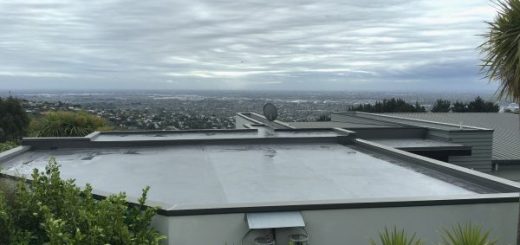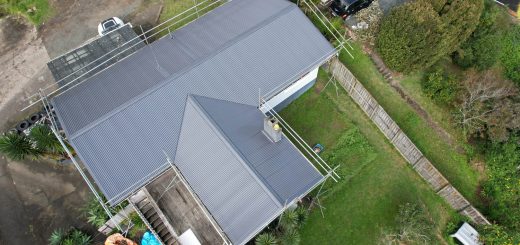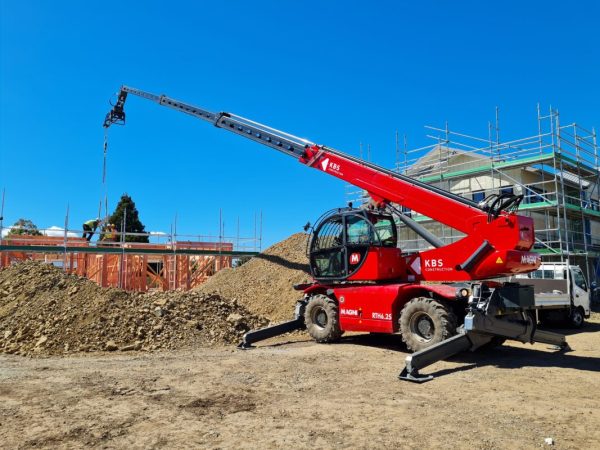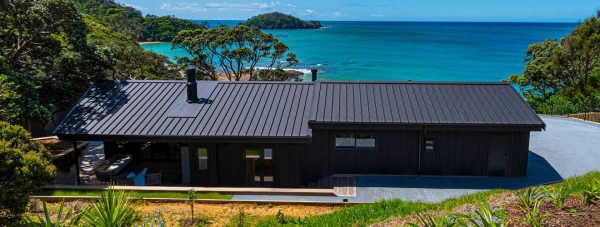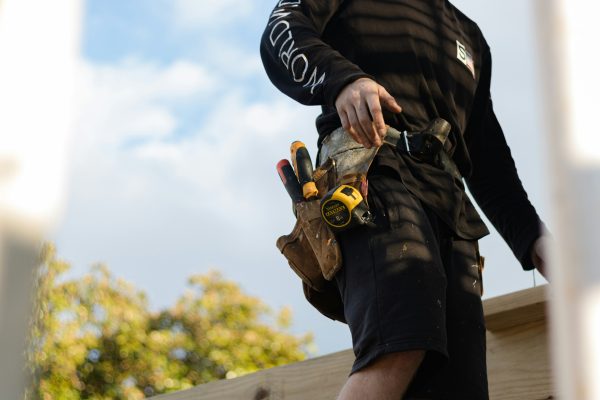How to subdivide your property
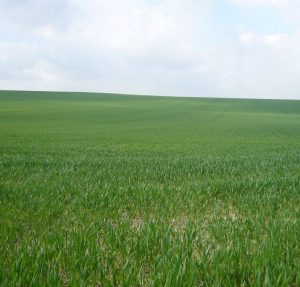
Are you sitting on bare land that is ripe for subdivision?
Whether you own a small residential section or a large lifestyle block, if your land is too big to meet your needs and you wish to subdivide the property into two or more separate land titles, then the process you will need to go through is called ‘subdivision’.
Subdividing is a lengthy legal procedure carried out under the regulations laid out in the Resource Management Act 1991 (RMA). It consists of a number of stages, and is necessary regardless of what you plan to do with the separate title(s). You will at the very least need to use the services of a registered land surveyor to prepare the final legal documents, but it is advisable to involve a professional from the beginning of the process. The legal documents you will need to deal with in the RMA and City and District Plans are not written with the lay person in mind, and can be very difficult to decipher.
Your surveyor will examine your land title and perform a thorough survey of the site. You will then find out whether your property is suitable to subdivide, as receive an estimate of the predicted costs involved and advice on any other professionals you might need to consult, such as a lawyer or engineer. If any building consents are required, for example if your property requires new drainage or if there is an existing structure which will need to be relocated or demolished, the surveyor will take you through this process too. They will then prepare all the reports required for submission to your local authority.
Phase one
Your first step of the legal process will entail applying for and obtaining a subdivision resource consent under the RMA. Your application must include a general subdivision plan and a detailed explanatory report, which needs to provide any specific information required by your local District Plan. You will also need to include an assessment of the prospective environmental impact of your planned subdivision. All of this work can be carried out by your registered surveyor.
Phase two
The council will assess your application for consent against the terms laid out in the District Plan. Depending on the nature of your proposal and whether it is deemed to have significant impact upon other people or the environment, your application may or may not be considered in a public hearing. In this case, your surveyor will need to prepare and submit additional documents supporting your application. In the event that your application for consent is ultimately declined, you will be given information about the appeals process and advised on how you can proceed. If, however, your application is accepted then you will be issued with resource consent. This will likely include certain conditions, some of which may not require any action on your part, while others will involve particular work being carried out, as well as financial conditions.
Phase three
Once you have been given resource consent, your surveyor will put in the boundary pegs to mark out the new subdivision, before giving a final surveyed title plan to the Council. When this is approved, your contractors can carry out the planned work on your property.
Phase four
When the work is complete, your surveyor will make a submission to the Council and, once the work has been assessed and you have paid a mandatory Development Contribution, you will then be issued with a certificate to say that all conditions as laid out in the resource consent have been met. A Development Contribution is a sum of money payable to the Local Authority upon each new subdivision, and is used to contribute to the growth of local infrastructure, such as libraries, local heritage sites, road networks and parks.
Once you have been issued with your certificate your surveyor will finally submit your survey plan to Land Information New Zealand (LINZ) and your new land titles will then be issued.
Then, at long last you can sit back and relax. The hard work is over!
Epic360 Subdivisions work on property developments in the Auckland and Rodney area

